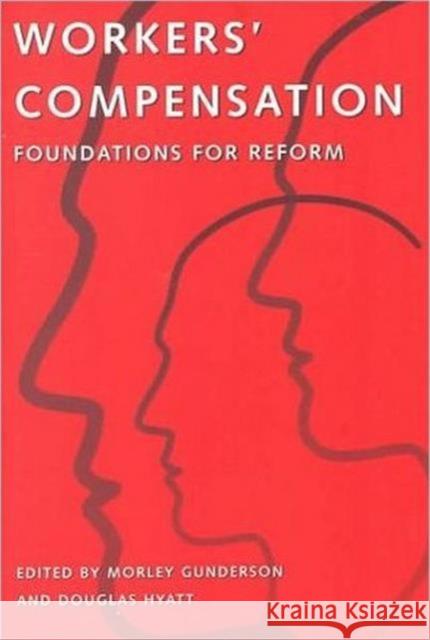Workers' Compensation: Foundations for Reform » książka
Workers' Compensation: Foundations for Reform
ISBN-13: 9780802082398 / Angielski / Miękka / 2000 / 336 str.
Workers' compensation, begun in the early 1900s to address some of the human costs of the Industrial Revolution, was the first of Canada's social institutions. It aimed to redress social instability by reimbursing workers for their suffering while protecting companies from costly court cases. The need for its regulatory function did not diminish over the course of the century; indeed the need is just as significant today. Nevertheless, making workers' compensation work in Canada at the end of the century is a difficult task. Today employers feel overburdened and workers believe they are undercompensated. Litigation, which the system intended to avoid, has been increasing. Little-understood environmental illness, computer-related injuries, and lower-back pain are just some of the results of new work environments that make injury assessment a constant source of conflict.Industrial relations experts Morley Gunderson and Douglas Hyatt have responded to the multifaceted nature of the dilemma by bringing together top authorities from the disciplines of law, economics, sociology, medicine, and epidemiology to grapple with the most pressing issues. These ten essays, along with a comprehensive introduction, explore the new breed of injuries, public versus private provision of compensation, the impact of workers' compensation on the macro-economy, the nature of appeals litigation, and the efficacy of regulatory control and cost incentives in reducing work-related injuries. Policy makers, lawyers, and scholars will find this book an irreplaceable tool for understanding workers' compensation reform in the upcoming century.











